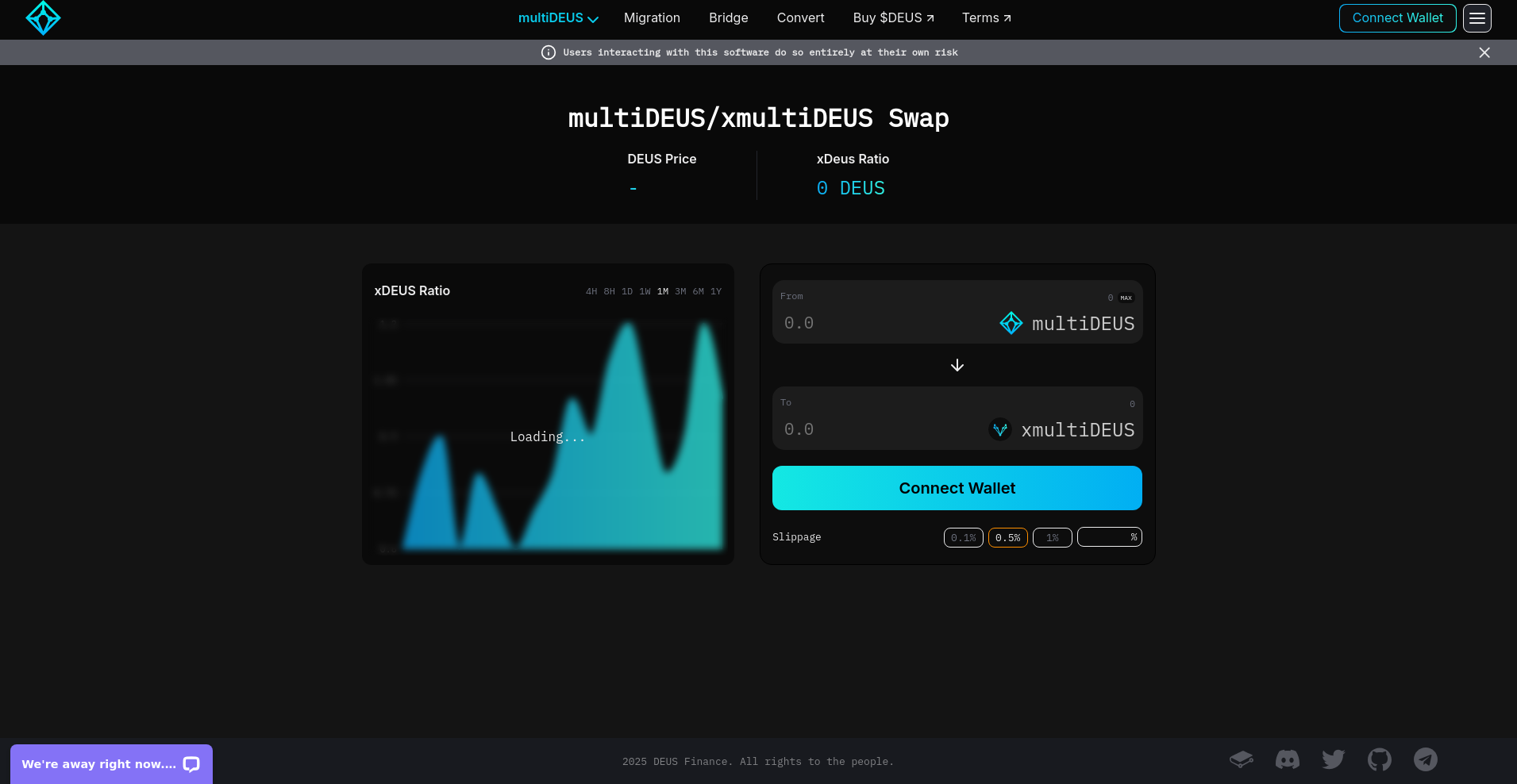DEA Review: Scam or Legit Crypto? Uncovering All The Red Flags

PROJECT OVERVIEW
DEA markets itself as a decentralized finance project promising innovative tokenomics, staking rewards, and cross-chain functionalities. Its platform claims to offer high-yield opportunities, governance rights, and a robust ecosystem for traders and investors alike. From the outside, it appears to be another player in the crowded DeFi space, but a cautious, evidence-based review is necessary to determine if DEA is a legitimate project or just another scam.
This investigation digs deep into the available data, audits, social presence, and structural transparency to evaluate DEA’s real intentions, potential risks, and whether investors should steer clear or consider it for their portfolio.

WHO IS THE TEAM BEHIND DEA?
One of the first warning signs with DEA is the lack of publicly available information about its core team. Most of the project’s online presence — including its official website and social channels — offers minimal transparency regarding team members or leadership. Instead, it tends to rely heavily on technical jargon and vague promises of innovation.
- Most of the team members are anonymous or pseudonymous, which reduces accountability.
- The roadmap includes ambitious goals like cross-chain operations and complex DeFi features but lacks concrete timelines or underlying technical details.
- The project’s *vision* seems overly optimistic, banking on new tech and broad ecosystem integration without substantial proof of concept or developer credibility.
In summary, the absence of verifiable, credible leadership raises red flags about DEA’s true intentions and raises caution against trusting its promises.

DEA SECURITY AUDIT: A DEEP DIVE INTO THE CODE
DEA’s audit history is limited to a single audit report from Solidity Finance, which rated the project with a score of 5.6 out of 10, indicating the presence of some vulnerabilities and significant risks.
- The audit covered approximately 50% of the platform’s features, suggesting incomplete vetting.
- There are documented incidents and red flags related to potential code vulnerabilities, though no exploits are publicly confirmed.
- The rating suggests moderate security, but this doesn't account for possible undiscovered bugs or exploits.
While a formal audit exists, the moderate score—and the fact that ongoing bug bounty programs are absent—means there’s considerable risk. Investors should understand that the platform’s security is only partially verified, leaving open the possibility of exploits or funds loss.

DEA TOKENOMICS: A FAIR SYSTEM OR A TRAP?
Analyzing DEA’s tokenomics reveals a landscape rife with potential dangers. The project’s official data indicates a modest total supply, but the distribution, utility, and incentives remain opaque and potentially problematic.
- Total Supply: Not definitively disclosed, which makes assessing inflation risks challenging.
- Distribution: No transparent breakdown exists for team reserves, advisors, or community allocations.
- Utility & Incentives: Designed around staking, governance, and yield farming, but high incentives often lead to pump-and-dump schemes or high dumping risks.
- Red Flags: No lock-up periods are clearly specified, raising the possibility of rapid token dumps that could tank the price.
Without transparency on token distribution and clear anti-dumping measures, DEA’s tokenomics leans risky for unsuspecting investors who might face sudden depreciation and liquidity issues.
IS DEA A GHOST TOWN? CHECKING FOR REAL ACTIVITY
Despite its claims of ongoing development, the available summaries and audits paint a picture of minimal active development or substantial community engagement. Official channels often show outdated social feeds, and project websites frequently lack updates or recent code commits.
For instance, the audit data shows no ongoing bug bounty programs, and the social references (Telegram, Medium, Discord) have dwindled activity over recent months. The sector of actual development, testing, or live product features appears sparse.
This lack of real, visible activity suggests DEA might be a "ghost town" — a project with little to no genuine progress, maintained solely to attract investors before exit scams or simply abandoned.
WHAT DEA'S LEGAL DOCUMENTS ARE HIDING
- The legal disclaimers emphasize that interacting with DEA is at the user’s own risk, and they explicitly state that the project makes no guarantees regarding security, profits, or project completion.
- There are warnings about potential software bugs, vulnerabilities, and the platform’s uninspected security, which implies minimal legal liability for losses caused by exploiters or platform failures.
- The terms contain vague clauses that could be exploited to absolve the project of responsibility, a common red flag in scam projects.
Such legal language often indicates that the project is designed to shield itself from investor lawsuits, hinting at a potentially shady operation hiding behind technical jargon.
FINAL VERDICT: SHOULD YOU RISK INVESTING IN DEA?
Based on the available evidence, DEA exhibits many signs of a questionable project. Its lack of transparency, limited security auditing, minimal development activity, and vague legal disclaimers suggest a high-risk venture with a significant likelihood of being a scam or rapidly collapsing.
-
Positive Points
- Limited visible activity or recent development reducing risks of scam from rapid pump-and-dump cycles.
- Limited token supply details, which could eventually be advantageous if the project were legitimate and transparent.
-
Major Red Flags
- Absence of credible team or founder information.
- Only a single, moderate security audit with no ongoing bug bounty.
- Limited recent activity and engagement across official social platforms.
- Legal disclaimers that remove almost all liability from the developers.
- Unsubstantiated promises of high yields and cross-chain features lacking technical proof.
Investors should exercise extreme caution: unless more credible, transparent information is provided and security is verified, it’s advisable to stay far away from DEA.

Amanda Harris
Technical Security Educator
Security professional passionate about the "human firewall." I translate complex crypto threats into simple, actionable security habits for everyday users.
Similar Projects
-
Crocky (4-crk)
Crypto Scam Checker Review: Is Crocky (4-crk) a Legit Project or a Rug Pull?
-
Atleta Network
Comprehensive Review of Atleta Network: Crypto Scam Checker & Project Analysis
-
Bazaars.io
In-Depth Review of Bazaars.io: Crypto Project Scam Checker & Market Analysis
-
Manhattan Project $BUNK
Review of Manhattan Project $BUNK: Crypto Scam Checker and Project Analysis
-
POKE6900
In-Depth Review of POKE6900 Crypto Project: Scam or Legit? Crypto Scam Checker & Review